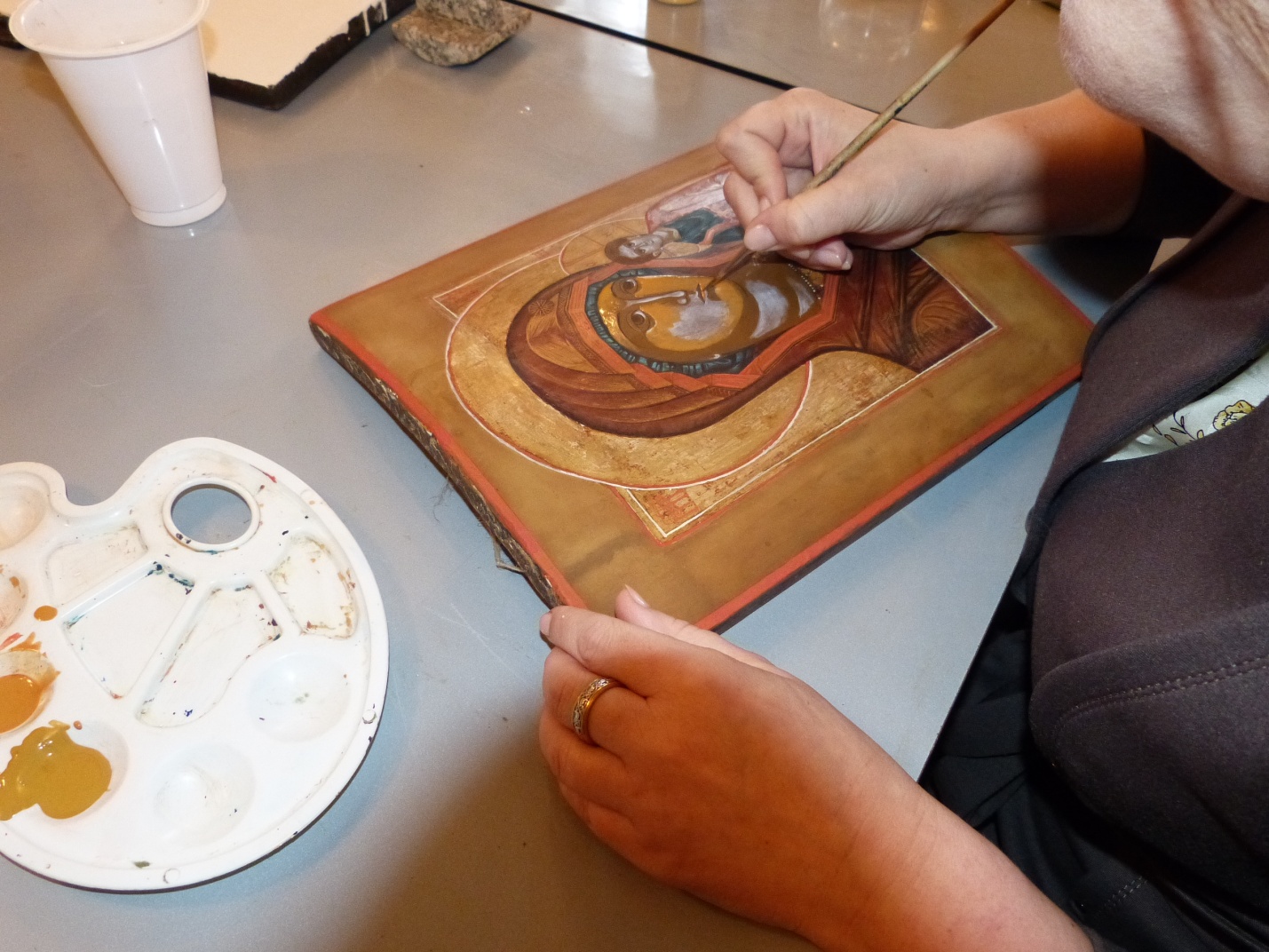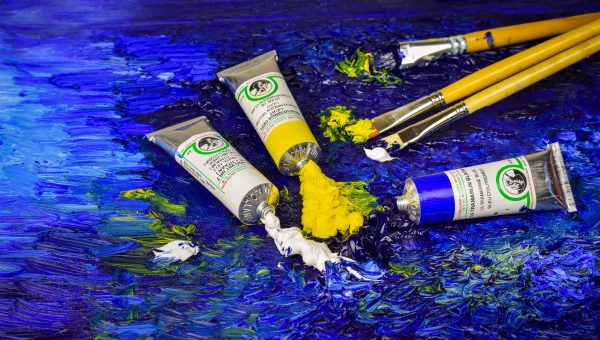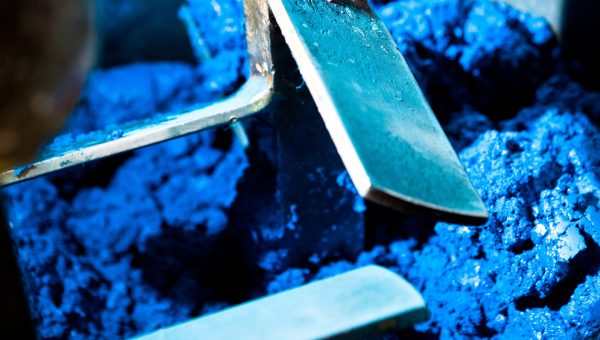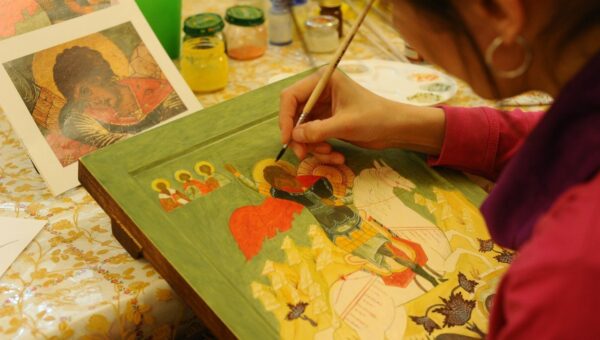
Everything you need to know about tempera (part 2)
Egg tempera and how to make it yourself
One of the most ancient painting materials is egg tempera, the binding agent for which is egg emulsion. Egg emulsion is something that can fairly easily be made in a domestic setting. To do so, take a hen’s egg that is nice and fresh, crack it open and separate the white from the yolk. The yolk should then be pierced and lowered into a glass. Add water, in an amount equal to the volume of the yolk itself, and 5-6 drops of 50% acetic acid. To make this kind of tempera, you can use any well-ground dye. The tempera is ground with a grinder in a stone kiln, after adding a small amount of hot water. The paint mass that seeps away at the edges is gathered in with a spatula, and ground again. The grinding process takes 2-4 hours on average.
To end up with a tempera paint, the egg yolk emulsion must be mixed with the finely-ground dye. To do this, the dye is sieved into a porcelain cup and, after a small amount of emulsion has been added, it is ground up until a well-ground mass has been obtained. The paints have water poured on them to prevent them from drying out, which is then drained off before work begins.
Tempera paints can also be manufactured using egg-white emulsion. This kind of emulsion performs significantly worse than egg-yolk emulsion, however, as it is less resistant to external influences and has a more brittle film. To improve it, milk of the poppy and garlic juice are added to it. Tempera can also be made using a binding agent made of egg-white and yolk (after mixing them well), with linseed oil also added. To do this, take (in parts per volume):
egg (white and yolk) – 1
linseed oil – 2
table vinegar – 2
pigment – as required
To make the tempera, first mix the egg-white and the yolk, then, while mixing, add the oil and then the vinegar. The binder is then mixed in with the pigment. This kind of tempera is often used in monumental decorative paintings on plaster.
Casein-oil tempera and how to make it yourself
Casein-oil tempera is made of casein-oil emulsion and pigment. This tempera is sold in tubes. To make casein-oil tempera yourself, you need to:
take (in parts per weight):
casein glue (20% solution) – 100
linseed oil – 100
water – 50
pigment – as required
Casein-oil tempera hardens quickly after it dries out, adheres strongly to clay, canvas, wood and card. The coat has a solidity to it and does not crack, even when a pasty overlay is added.
Dyes for manufacturing tempera
The following dyes are usually used to manufacture temperae:
whites — lead, zinc, and titanium whites;
yellows — yellow ochres, natural sienna, mars yellow, mars orange, yellow cadmium, orange cadmium, aureolin, yellow strontium, stil de grain yellow;
reds — natural and synthetic cinnabar (pink, red and cherry), red cadmium, English red, mars red, natural carmine, natural rose madder;
violets — mars violet, cobalt violet, violet madder hues from the blackberry, sepia pigments;
greens — emerald green, chromium oxide, earth green, smectite, glauconite, cobalt green, sap green lake pigment;
blues — natural and synthetic ultramarine, cobalt blue, mountain blue, Prussian blue, indigo;
browns — mars brown, alder bark pigment, brown earths, burnt ochres, burnt sienna, Van Dyke brown;
blacks — grape black, Frankfurt black, ivory black, wood black, cherry black, apricot black, peach black.







